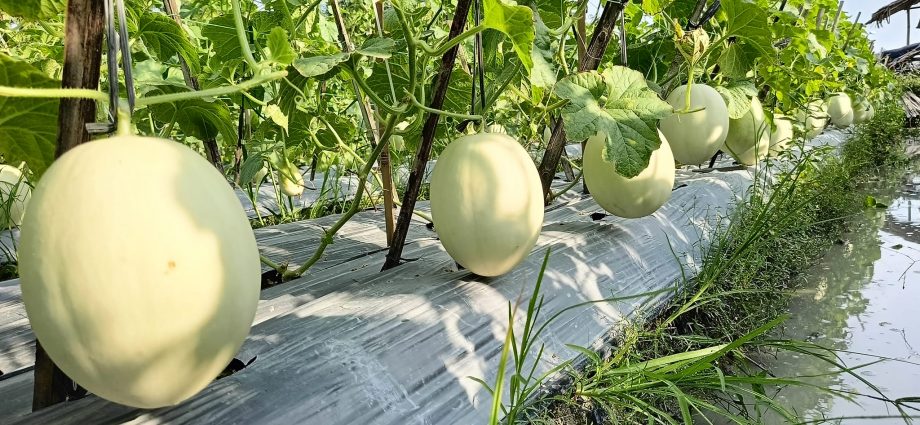Complete Guide to Cultivating Melons from Seed to Harvest for Beginners
Growing melons can be a rewarding experience, especially when you see the fruits of your labor ripen into sweet, juicy delights. Whether you’re a gardening enthusiast or a beginner looking to start your first melon patch, this comprehensive guide will walk you through every step of the process, from selecting seeds to harvesting your crop.
Why Grow Your Own Melons?
Freshness and Flavor
Homegrown melons are often fresher and more flavorful than store-bought ones. You have control over the growing conditions, ensuring that your melons are free from harmful chemicals and pesticides.
Cost-Effective
While the initial investment in seeds and soil may seem daunting, growing your own melons can save you money in the long run, especially if you enjoy melons regularly.
A Rewarding Hobby
Gardening is a therapeutic activity that can reduce stress and provide a sense of accomplishment. Watching your melons grow from tiny seeds to full-grown fruits is incredibly satisfying.
Step-by-Step Guide to Growing Melons
1. Choosing the Right Variety
Before you start, it’s essential to select the right melon variety for your climate and soil type. Some popular options include:
Cantaloupe: Known for its sweet, orange flesh.
Honeydew: Recognized by its smooth, green skin and sweet, pale green flesh.
Watermelon: A summer favorite with its juicy, red flesh.
2. Preparing the Soil
Melons thrive in well-draining, fertile soil with a pH between 6.0 and 6.8. Follow these steps to prepare your soil:
Test the Soil: Use a soil testing kit to check the pH and nutrient levels.
Amend the Soil: Add organic matter like compost or well-rotted manure to improve soil fertility.
Ensure Proper Drainage: Melons don’t like waterlogged soil, so make sure your planting area has good drainage.
3. Planting the Seeds
Timing: Plant melon seeds after the last frost date when the soil has warmed up to at least 70°F (21°C).
Spacing: Sow seeds about 1 inch deep and 18-24 inches apart in rows that are 5-6 feet apart.
Watering: Keep the soil consistently moist but not waterlogged.
4. Caring for Your Melon Plants
Watering: Melons need regular watering, especially during dry spells. Aim to water deeply once a week rather than shallowly every day.
Fertilizing: Use a balanced fertilizer every 3-4 weeks to promote healthy growth.
Mulching: Apply a layer of mulch around the plants to retain moisture and suppress weeds.
5. Managing Pests and Diseases
Common Pests: Watch out for aphids, cucumber beetles, and spider mites. Use insecticidal soap or neem oil to control infestations.
Diseases: Powdery mildew and fusarium wilt are common issues. Ensure good air circulation and avoid overhead watering to prevent these diseases.
6. Harvesting Your Melons
Timing: Melons are ready to harvest when they develop a sweet aroma, the stem starts to crack, and the fruit sounds hollow when tapped.
Technique: Use a sharp knife or pruning shears to cut the melon from the vine, leaving a small stem attached.
Tips for Success
Rotate Crops: Avoid planting melons in the same spot year after year to prevent soil-borne diseases.
Use Trellises: For smaller gardens, consider growing melons on trellises to save space.
Monitor Growth: Keep an eye on your plants and address any issues promptly to ensure a healthy crop.
Growing melons from seed to harvest is a fulfilling journey that requires patience, care, and a bit of know-how. By following this guide, even beginners can enjoy a bountiful harvest of sweet, delicious melons. So roll up your sleeves, get your hands dirty, and start cultivating your very own melon patch today!


